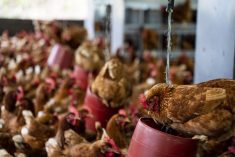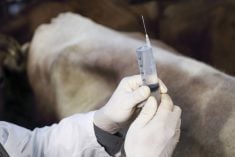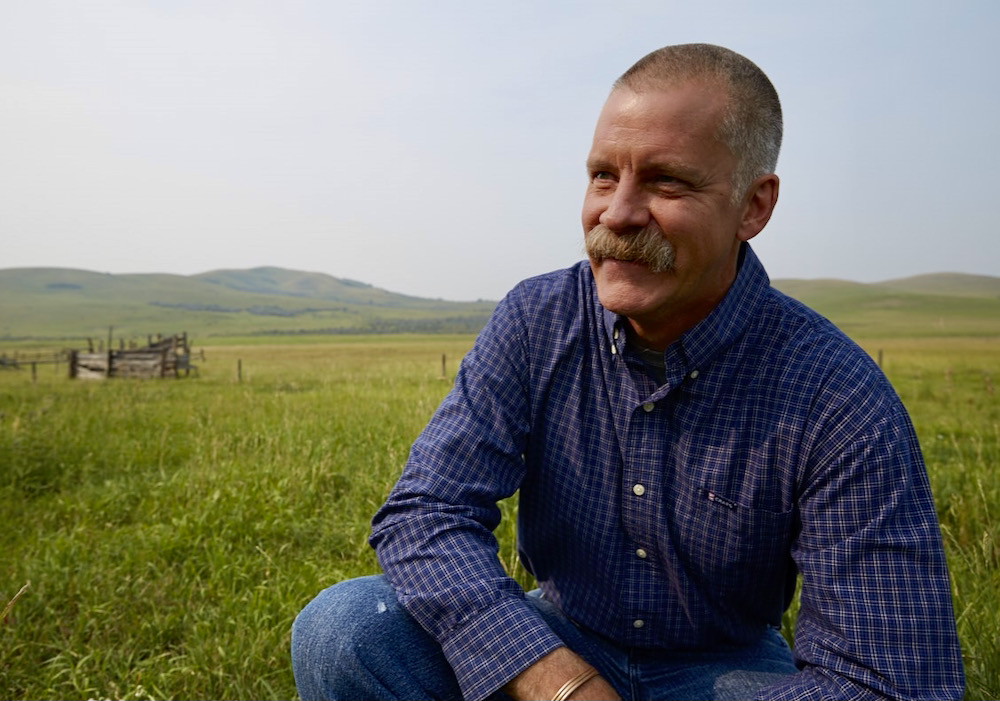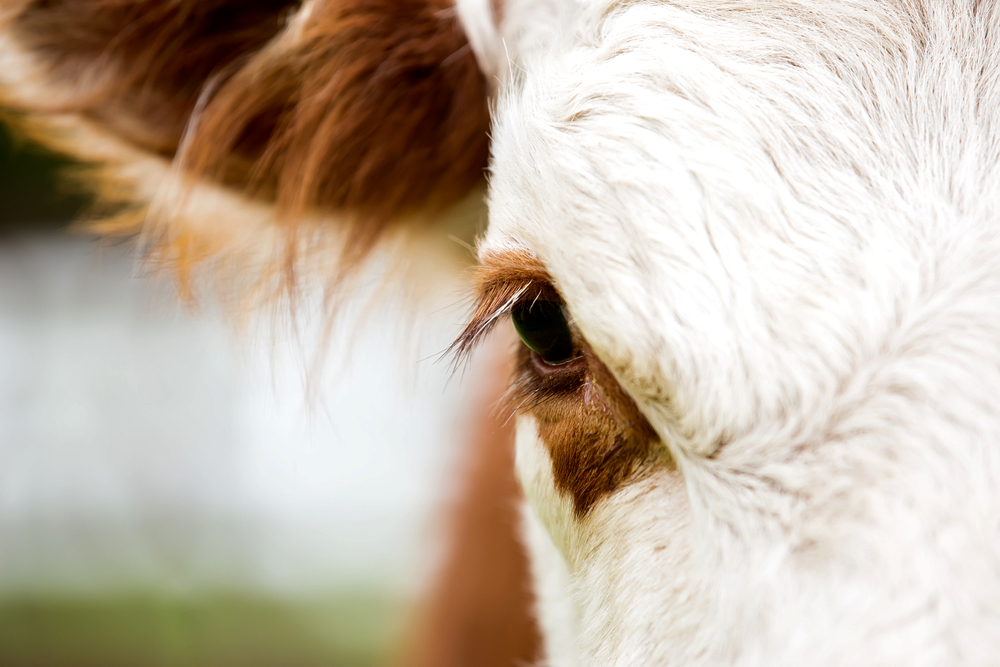Microbiome research could help answer a lot of questions about respiratory and liver abscess disease. The microbiome, a collection of bacteria, could be another place where diseases develop.

“When we’re talking about respiratory diseases, a lot of the bugs that cause respiratory disease are there all the time,” Beef Cattle Research Council science director Reynold Bergen said at the Alberta Beef Producers semi-annual meeting.
Humans and cattle can both carry viruses for diseases like staph and influenza.
“You’re probably carrying lots of bugs that make you sick. But as long as they stay in the nose, you’re probably just fine,” he said.
But when an animal gets stressed or disrupted, the bad bugs start to proliferate, displace other bugs and move further into the respiratory tract.
Once these bugs establish themselves in the lungs, respiratory disease can flourish.
Read Also

Horns aren’t unlocking anytime soon on livestock transport standards
Standards good enough meet the definition of “humane” animal transportation still vary widely between what what industry wants, what animal rights advocates want and, between the two, what federal regulators decide is good enough.
And unfortunately, some of the basic stresses in the lives of beef cattle can cause bacteria to develop further.
Weaning calves and mixing them with others can cause stress. Cattle can also be stressed when they’re transported long distances when they’re off feed and water, or stuck with a new diet when they’re trying to battle bad weather. It’s a special risk for feeder calves.
“Those are the ones that will typically get mass medicated on arrival at the feedlot,” he said. “Until recently, I have thought of things like antibiotics as kind of a sniper. We’ve given that antibiotic to kill the disease-causing bacteria. Drugs aren’t snipers.”
Bergen said drugs can wipe out both the good and the bad bacteria in a calf’s system, much like a grenade.
“When animals get sick and then we treat them, they’re partly recovering from the diseases, but they’re also partly recovering from the antibiotics as they try to re-establish healthy bacteria.”
The emphasis on the reduced use of antibiotics could be positive for the maintenance of healthy bacteria.
“If we can find an antibiotic alternative, whether it is the management or whether it is an actual pharmaceutical, there could be some improvements in the recovery time, if it’s that effective,” said Bergen.
Liver abscesses
Liver abscesses are another serious problem for cattle health and growth.
“We could drastically reduce our total antibiotic use if we could feed fewer antibiotics to avoid liver abscesses. Those are typically associated with high-grain diets, but beyond that, there doesn’t seem to be an awful lot we know about liver abscesses,” said Bergen.
At this point, scientists don’t know which bacteria cause liver abscesses. There are a few bacteria which constantly show up, but they might not cause the infection.
“If you see a dead animal in your field with a bunch of crows on it, the crows probably didn’t kill it,” Bergen said, to laughter in the room.
Similar bacteria can be found in liver abscesses, but it’s not actually known if they are responsible for the diseases.
“We don’t really know when the feeding period of infection starts,” said Bergen, adding that once scientists learn more, they may be able to get more strategic about which antibiotics can be fed.
Liver abscesses could be caused by animal genetic factors. Bergen said feeding wheat, which is a hotter starch source, is also a concern.
“If we’re trying to reduce antibiotic use at the same time, that might be challenging,” he said.
“The point of this, is that probably in the future, we’ll be doing a fair bit more microbiome-oriented research. If we can understand those bugs better, we’ll understand the disease and hopefully identify more effective alternatives to antibiotics.”
When producers are trying to reduce antibiotic use, this often means that they will have to change their management practices, Bergen said.

















